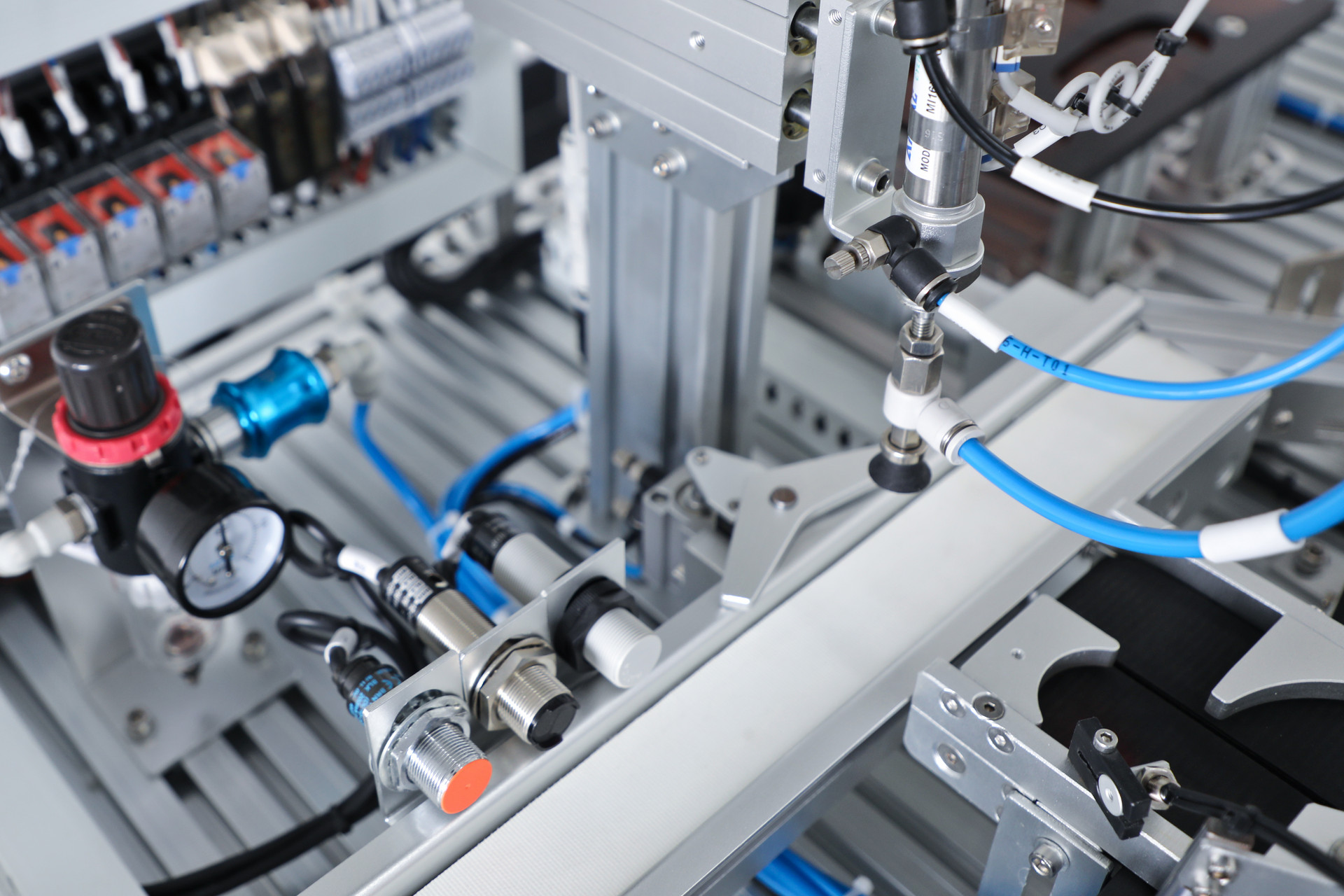Narrowband Networking Devices vs Broadband Mesh Networking Systems
In the evolving world of wireless communication, networking systems are the backbone of connectivity for various industries—from smart cities and industrial automation to security surveillance and remote sensing. Among the many available solutions, two categories often stand out due to their application-specific relevance: narrowband networking devices and broadband mesh networking systems. While both serve the purpose of enabling communication between distributed devices, they differ significantly in terms of bandwidth, power consumption, topology, use cases, and deployment complexity.
1. Understanding the Basics
Narrowband Networking Devices
Narrowband networking refers to communication systems that operate over a small frequency bandwidth—typically a few kilohertz (kHz). These systems are optimized for low data rate transmissions, long-range communication, and low power consumption. Common examples include:
LoRa (Long Range)
Sigfox
NB-IoT (Narrowband Internet of Things)
These technologies are widely used in scenarios where small amounts of data are transmitted periodically, such as:
Smart meters
Environmental monitoring sensors
Asset tracking
Broadband Mesh Networking Systems
In contrast, Broadband networking equipment use wider frequency bands, often in the MHz or GHz range, enabling high data throughput. They are capable of supporting video streaming, large data files, and real-time control systems.
Broadband mesh systems typically include:
Self-healing and self-forming MESH topology
Multi-hop routing
High-bandwidth wireless bridges or routers
Wireless video surveillance and backhaul systems
Such systems are used in more data-intensive applications, including:
Smart city video surveillance
Industrial automation
Temporary communication networks for events or emergencies
2. Key Technical Differences
Bandwidth and Data Rate:
Narrowband networking devices operate within a very limited frequency range, often just a few kilohertz. As a result, they are optimized for low data throughput—typically in the range of bits per second (bps) to a few kilobits per second (kbps). This is sufficient for periodic data reporting, like a sensor sending a temperature value every hour. In contrast, broadband mesh networking systems use much wider frequency bands, often in the megahertz or even gigahertz range. This enables them to support high data rates in the range of megabits per second (Mbps), making them suitable for applications like high-definition video transmission or real-time data control.
Transmission Range:
Narrowband devices are designed for long-range communication, with some technologies reaching distances of 10 to 15 kilometers in rural areas. They are ideal for widely dispersed sensor deployments where connectivity to a central gateway must be maintained over long distances. Broadband mesh systems, while having shorter range per individual node, overcome this by forming multi-hop mesh networks where each node relays data to the next. This approach extends the effective coverage and ensures robust connectivity across a dense deployment area.
Latency and Responsiveness:
Latency tolerance is another key difference. Narrowband systems are typically used in applications where real-time responsiveness is not required—delays of several seconds to even minutes may be acceptable. Broadband mesh systems, however, are engineered for low latency. They are ideal for time-sensitive applications such as remote control, live video streaming, and voice-over-IP communications.
Power Consumption:
Power efficiency is one of the strongest advantages of narrowband networking. Devices are designed to consume extremely low energy, allowing battery-powered sensors to operate for several years without maintenance. On the other hand, broadband mesh nodes require significantly more power due to their higher processing demands and data transmission rates. These nodes are often powered by mains electricity or large-capacity rechargeable batteries, especially in outdoor installations.
Network Topology:
The typical network topologies also differ. Narrowband networks usually employ a star or point-to-multipoint structure where all devices communicate directly with a centralized base station or gateway. This limits network flexibility but simplifies design. Broadband mesh networks adopt a true mesh topology. Each node acts as both a transmitter and relay, automatically forming a self-organizing and self-healing network. This structure greatly enhances resilience and scalability, especially in complex environments.
Scalability and Redundancy:
Because broadband mesh networks allow nodes to relay information, they scale more easily in dense environments. Each additional node strengthens the network rather than burdening a central hub. In contrast, narrowband systems are more centralized—adding more devices can overload the gateway and compromise performance if not carefully managed.
Mobility Support:
Broadband mesh networks offer superior mobility support. They can maintain stable connections with moving devices or vehicles, making them ideal for tactical or transportation-based systems. Narrowband networks are generally less effective in mobile scenarios due to their slower handover and connection processes.
Security Considerations:
Both network types incorporate security mechanisms such as encryption and authentication. However, broadband systems, due to their handling of more complex and sensitive data (like video), often include advanced cybersecurity protocols and network management tools.
3. Application Scenarios
Use Cases for Narrowband Networking Devices
Utilities: Gas and water meters send usage data every few hours or days.
Agriculture: Soil sensors and weather stations in rural farmlands.
Smart Cities: Streetlight control or trash bin monitoring.
Advantages:
Low cost of deployment
Very long battery life (up to 10 years)
Excellent penetration in urban areas or underground
Limitations:
Inadequate for real-time or multimedia applications
May not support mobility or large-scale two-way communication
Use Cases for Broadband Mesh Networking Systems
Video Surveillance: Transmitting HD video streams from distributed IP cameras in a city.
Industrial IoT: Controlling robots or machinery in real time.
Temporary Event Coverage: Outdoor festivals, construction sites, or emergency disaster recovery areas.
Advantages:
High throughput and reliability
Adaptive mesh topology supports redundancy and fault tolerance
Capable of real-time applications such as video and voice
Limitations:
Higher deployment and maintenance cost
Requires more power and often more complex configurations
4. Deployment Considerations
Infrastructure Requirements:
Narrowband systems often rely on existing cellular towers (NB-IoT) or a few gateways.
Broadband mesh requires installation of multiple intelligent nodes, often with line-of-sight optimization.
Scalability and Resilience:
Mesh networks inherently support better resilience via self-healing capabilities.
Narrowband networks may suffer if a gateway fails, as most nodes are dependent on a central point.
Security:
Both systems require encryption, but broadband systems often integrate more sophisticated cybersecurity measures due to higher data sensitivity.
5. Which to Choose?
Choosing between a narrowband networking device and a broadband Ad Hoc Network ultimately depends on your specific project goals, data requirements, deployment environment, and power constraints.
If your application demands long battery life, low cost, and only transmits small packets of data infrequently, such as a water meter sending usage data once per day or a soil sensor reporting moisture levels hourly, then narrowband solutions like NB-IoT or LoRa are typically the most suitable. These systems excel in covering wide areas with minimal infrastructure, making them ideal for remote environmental monitoring or smart agriculture deployments.
In contrast, if your scenario involves real-time data transmission, such as live video streaming, remote control of machinery, or voice communication, a broadband mesh system is a better fit. These networks provide high throughput, low latency, and strong redundancy—ideal for use cases in smart city surveillance, industrial automation, or emergency response setups where speed and reliability are critical.
When working with sparse sensor networks spread across large distances, narrowband options are more efficient due to their long-range capabilities. However, in dense environments—such as a city block with numerous sensors, cameras, or IoT devices—broadband mesh networking offers better performance through its adaptive, multi-hop topology, allowing every node to relay data and enhance overall network robustness.
For projects with tight budget constraints, narrowband devices offer a lower barrier to entry, especially when infrastructure is already in place (like cellular towers for NB-IoT). Conversely, broadband mesh systems may require a higher upfront investment but deliver greater flexibility, particularly when mobility, scalability, and large data volumes are priorities.
In some cases, a hybrid networking approach might be the most effective. For instance, narrowband sensors can feed periodic data to localized broadband mesh gateways, which then aggregate and relay the information at higher speeds to the cloud. This combination balances energy efficiency with data handling capacity.
Ultimately, the right choice is not just about bandwidth—it’s about aligning your technical needs, budget, and deployment environment with the strengths of each networking type.
In many modern deployments, hybrid systems may also be adopted—using narrowband for distributed sensors and broadband mesh for high-volume gateways or edge processing nodes.
Conclusion
Narrowband networking devices and broadband mesh networking systems cater to fundamentally different needs. While narrowband shines in low-power, long-range, and low-data-rate scenarios, broadband mesh systems are built for high-performance, real-time, and data-heavy applications.
Understanding the technical and operational differences between these two types of systems is critical for designing reliable, scalable, and cost-effective wireless communication networks. Whether you're planning a smart city rollout or deploying a remote sensing application, choosing the right network solution can dramatically affect both performance and ROI.
About Us
At Tuqian , we specialize in providing both narrowband IoT solutions and broadband wireless mesh communication systems tailored to your industrial and commercial needs. With over 7 years of expertise in wireless technology, we help you build smart, resilient, and scalable networks across any environment.
Need help deciding which network suits your project? Contact our wireless solution experts today.
-
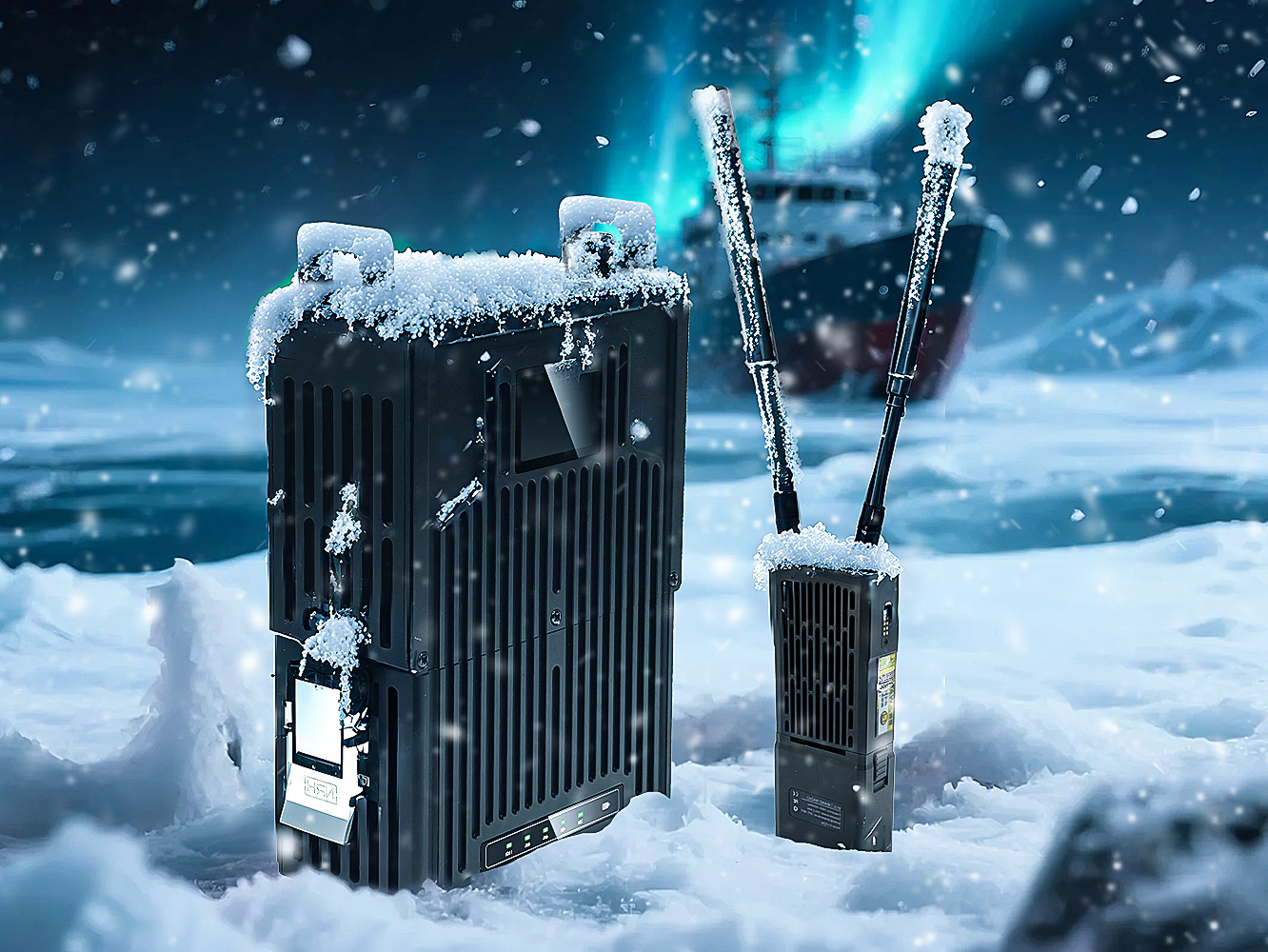 2025-10-24
2025-10-24 -
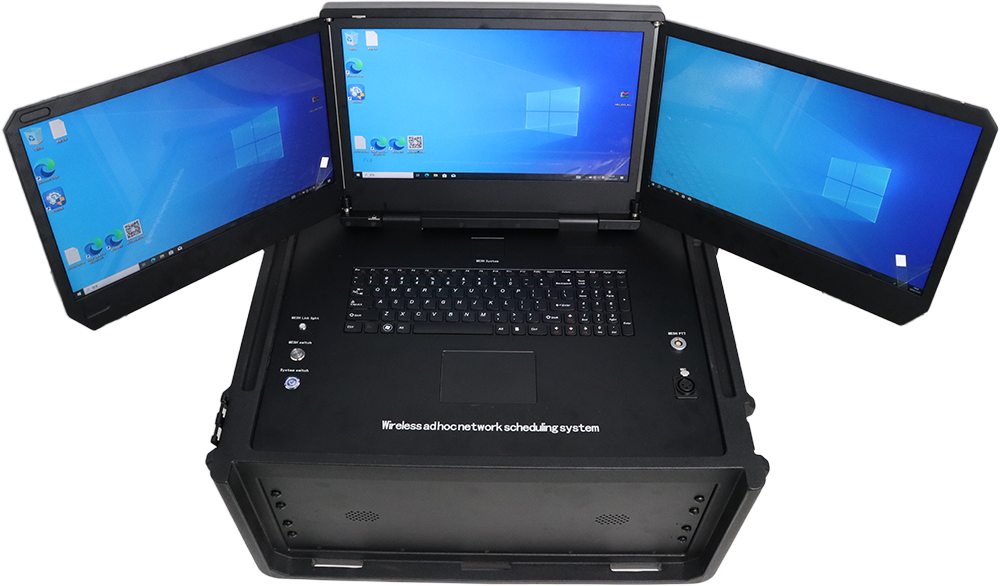
What is an Emergency Communication System and How Does It Work?
2025-09-16 -
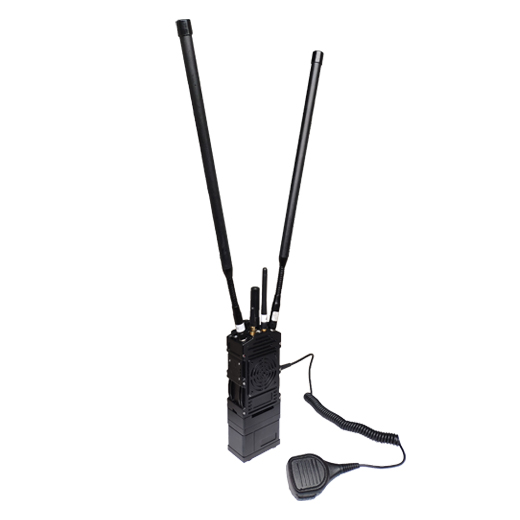
What Is Point to Point and Point to Multipoint Wireless Network?
2025-09-05 -

What Are the Two Types of Microwave Transmission?
2025-08-29 -

Multi-Node MESH Networking: Principles and Real-World Applications
2025-08-18 -

What Is the Difference Between Radio and Microwave Video Transmission?
2025-07-30 -
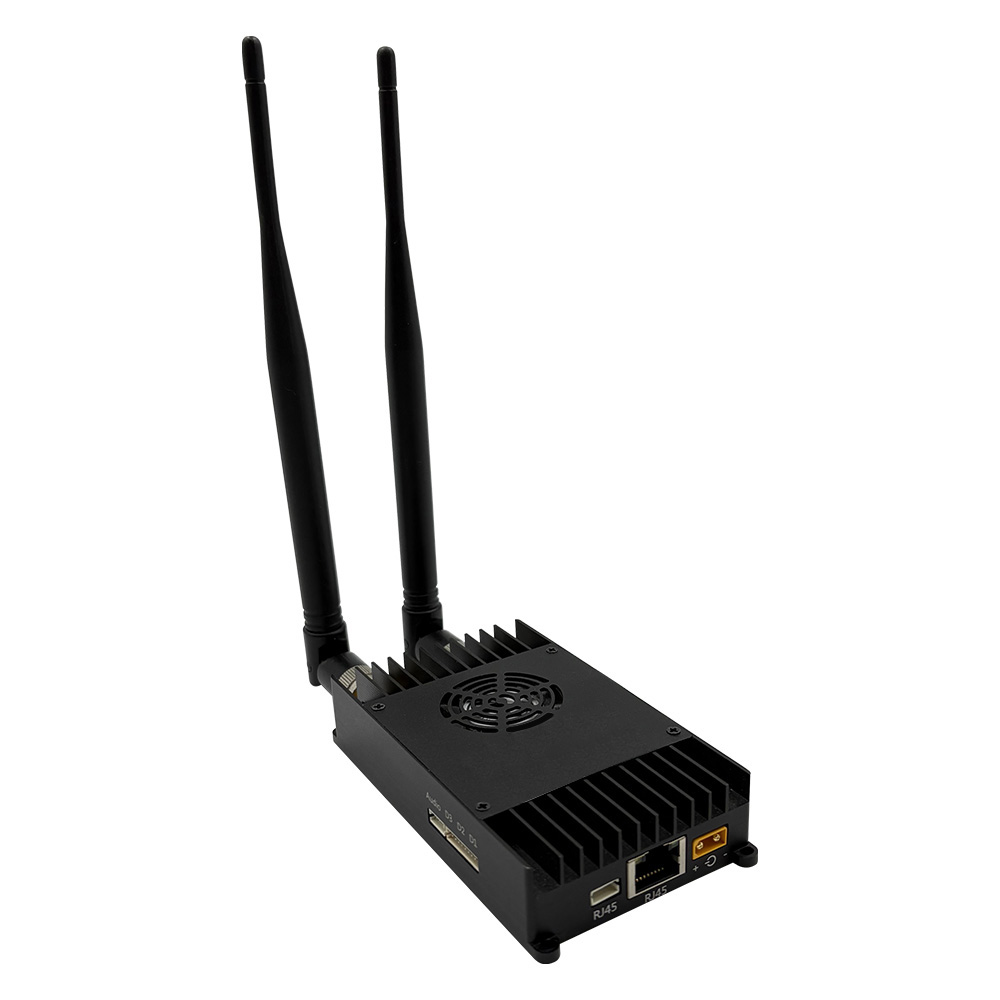
Unmanned Aerial Vehicle Transmission Equipment Communication Solution
2025-07-24








